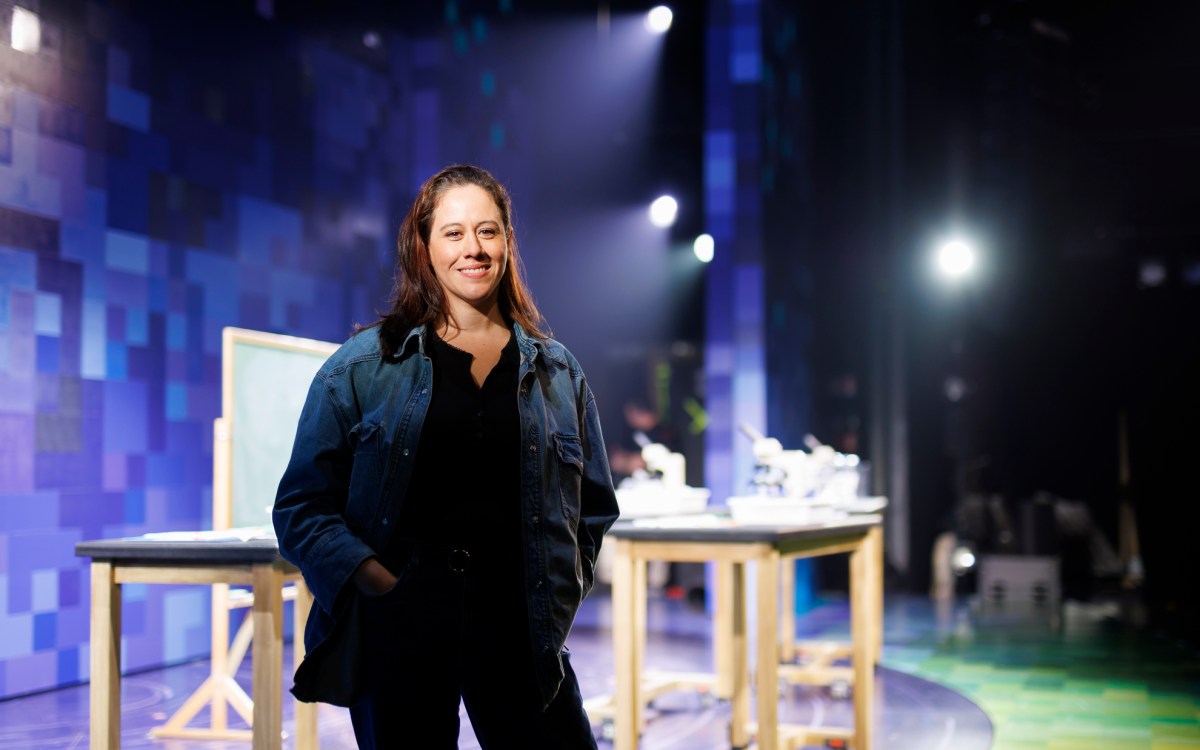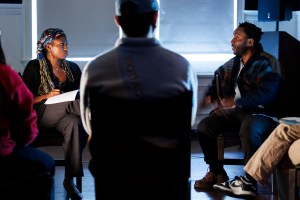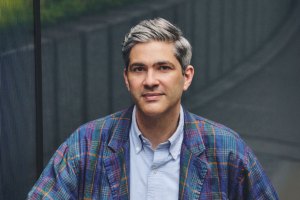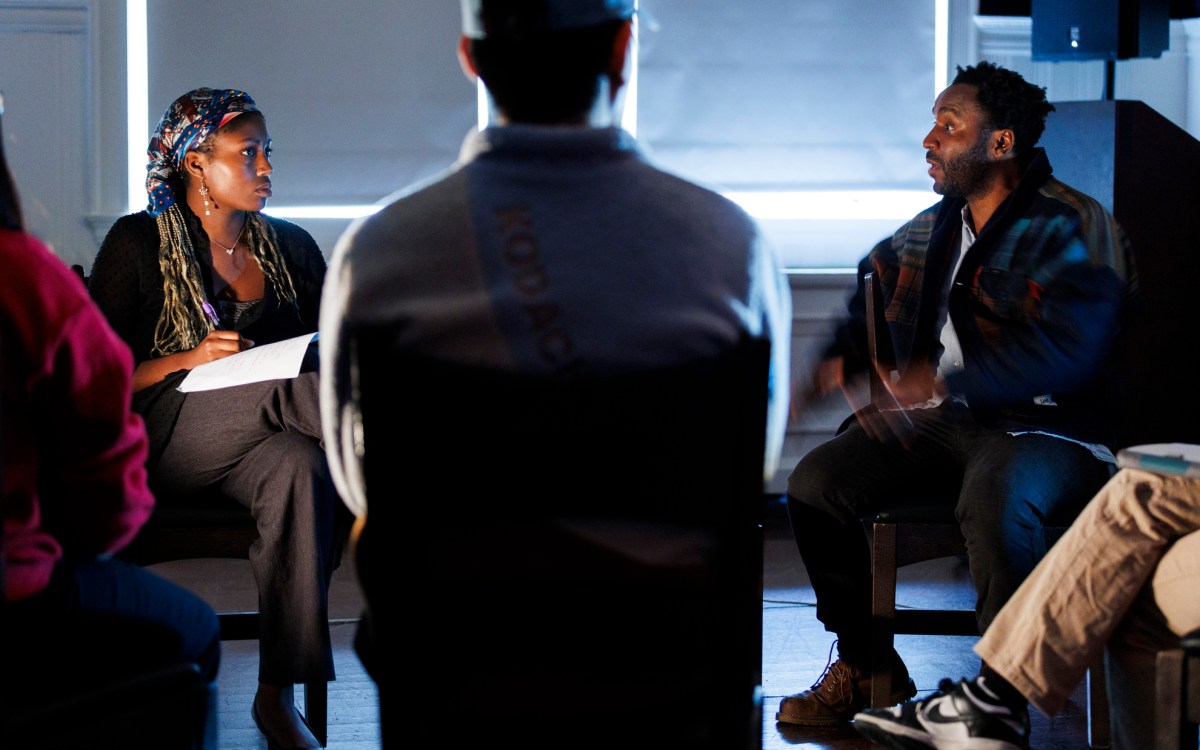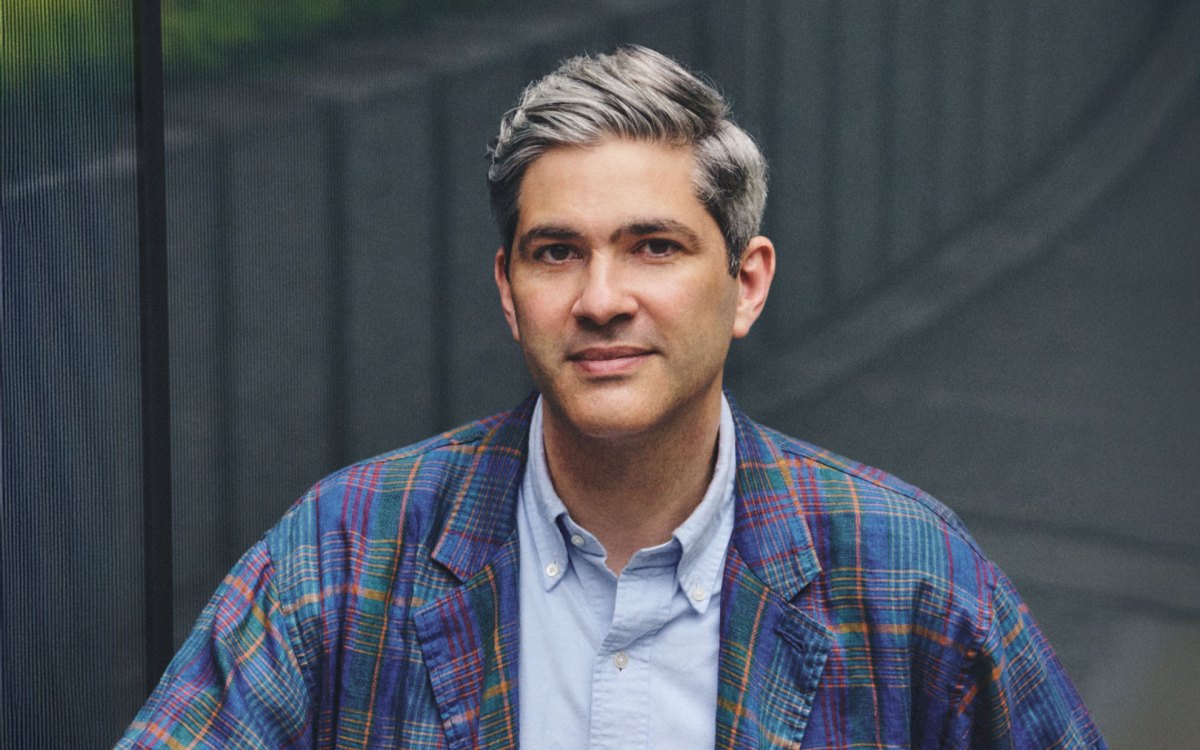Video/Production – Ned Brown
Rethinking the Classics
David F. Elmer
Assistant Professor of the Classics, Faculty of Arts and Sciences
The study of classics is not generally thought of as an empiricist discipline. But in 1934, Milman Parry, assistant professor of classics at Harvard, began a series of experiments in remote regions of the kingdom of Yugoslavia that overturned centuries of received wisdom about the Homeric “Iliad” and “Odyssey.”
Equipped with a state-of-the-art recording apparatus, a hypothesis about the nature of oral poetry, and a set of diagnostic protocols designed to measure a singer’s ability to manipulate material in performance, Parry spent 15 months collecting epic songs and personal narratives from Muslim and Christian singers. The data he collected eventually succeeded in sweeping away many stale and static debates over the origin of the “Iliad” and the “Odyssey,” and set the understanding of the Homeric epics — and indeed, of epic poetry in many traditions, from “Beowulf” to the chansons de geste — on a new foundation that was based on the aesthetics of oral tradition.
After Parry, whose work inaugurated a new era in Homeric studies, scholars the world over were compelled to recognize the inadequacy of criteria derived from cultures of literacy, and learned to appreciate anew the very different canons of orality.
Parry died tragically at age 33, just three months after completing his epoch-making field research, but his work was continued by his student, Albert Lord, over the course of a long career at Harvard, culminating in his appointment as Arthur Kingsley Porter Professor of Slavic and Comparative Literature, a position he held until his death in 1991. Lord extended the reach of Parry’s results to numerous other disciplines.
Meanwhile, Parry’s vast collection, including some 3,500 aluminum phonograph discs and many hundreds of notebooks, became the core of the Milman Parry Collection of Oral Literature, which occupies a modest room in Widener Library. A large-scale digitization effort, begun in 2002, has made thousands of Parry’s recordings and photographs — more precious than ever in the wake of the destruction of cultural treasures during the wars in the former Yugoslavia — available to researchers.
